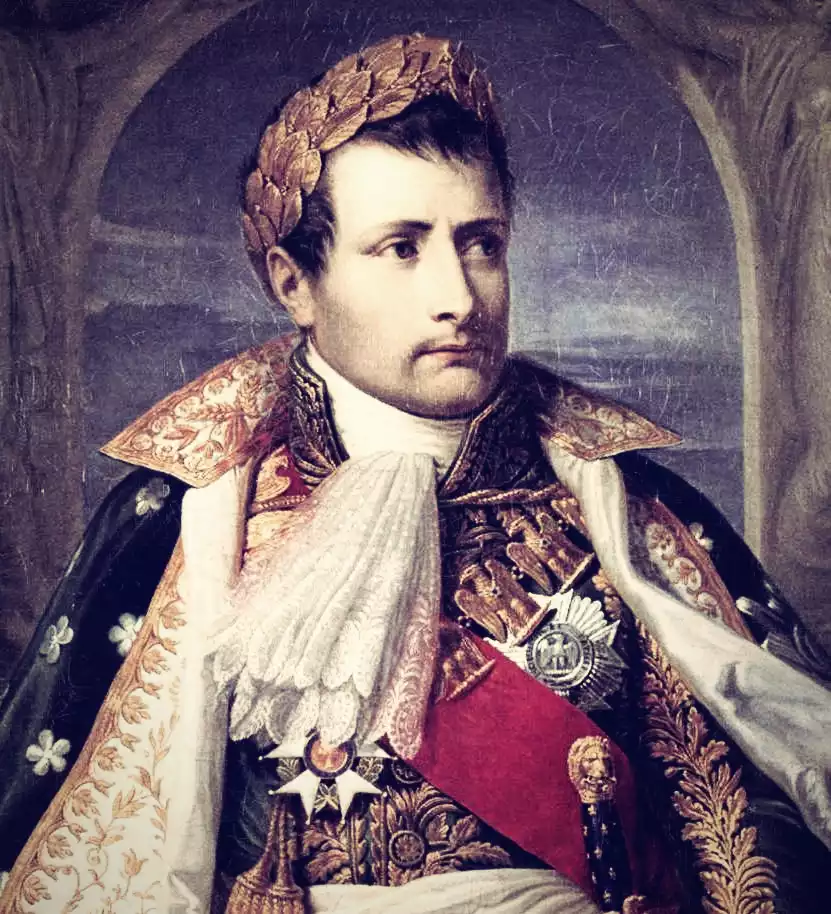
The post-Napoleonic era from 1809-1829 saw a widespread restoration of monarchical power across Europe, as well as a revival of influence for the Catholic Church. This period is often called the “Age of Metternich” after the Austrian statesman who epitomized the conservative, reactionary politics of the time.
The Congress of Vienna: Rebuilding the European Order
In the wake of Napoleon’s defeat and abdication in 1814, the four great powers of Europe – Britain, Russia, Austria, and Prussia – convened the Congress of Vienna to establish a long-lasting peace settlement. The nine-month diplomatic congress was hosted by the Austrian Chancellor Duke Metternich, who emerged as its dominant figure. Though representatives from over 200 European states attended, decision-making power was concentrated in the hands of Metternich, British foreign secretary Viscount Castlereagh, Russian Tsar Alexander I, and Prussian King Frederick William III.
The Treaty of Paris in 1815 formally ended the Napoleonic Wars, returning France to its 1792 borders and imposing reparations while allowing the restored Bourbon monarchy to maintain control. Elsewhere, the Congress sought to re-establish a balance of power and restore the influence of traditional ruling dynasties who could curb future threats like Napoleon’s France. This involved territorial exchanges and consolidations, notably allowing Prussia and Russia to gain lands in western Poland and Saxony to counterbalance Austria and enlarge the German Confederation.
The Congress powers agreed to ongoing consultation between the continental powers for maintaining stability – forming what became known as the “Concert of Europe.” This ranged from regular diplomatic summits to coordinated military interventions against revolutionary unrest, as underscored by Austria, Russia and Prussia’s 1820 agreement granting one another rights to intervene in each other’s territories.
While the Congress achieved lasting peace agreements hailed as an impressive feat of diplomacy, its arrangements relied on repressing nationalist sentiments and constitutional reforms. Dissatisfaction simmered under the surface before boiling over in the Revolutions of 1830, triggered by a crisis of royal succession in France but fueled by the stifling of liberal and nationalist aspirations by the Congress system across the continent over the prior 15 years.
Repression and Reform: Challenging the Restoration
The monarchical powers restored during the post-Napoleonic era sought to turn back the clock on the revolutionary and liberalizing forces unleashed by the French Revolution. Conservative leaders like Metternich cast constitutionalism and nationalism as existential threats to continental stability. Their solution was to stifle dissent through censorship, political repression and an extensive spy network.
For instance, university professors across the German Confederation were monitored for potentially seditious nationalist rhetoric. When protests erupted in Spain in 1820 calling for a revival of the liberal 1812 constitution, France intervened militarily along with the Holy Alliance powers to prop up the absolutist Spanish monarchy under Ferdinand VII. Such heavy-handed crackdowns by the Congress system managed to keep a lid on unrest for years, but liberal resentment simmered beneath the surface.
Gradually, opposition movements began to regain steam in the 1820s by building wider coalitions demanding constitutional reforms, free press and nationalist self-determination. In Ireland, Daniel O’Connell mobilized mass political participation for Catholic Emancipation. Greece waged a successful war of independence against the Ottoman Empire with the support of Britain, France and Russia. Belgium broke from Dutch control in 1830.
The same year, a backlash against the ultra-royalist policies of Charles X led to revolution in France that installed Louis Philippe as a reform-minded “Citizen King” and shifted power towards the legislature and affluent middle class. The subsequent Revolutions of 1830 sparked an explosion of uprisings across Europe, with Polish nationalists, Italian states and German prince-electors attempting (with little success) to emulate the Parisian example and force through liberalizing reforms.
The post-Napoleonic era saw a widespread restoration of traditional monarchical authority across Europe, enabled by the conservative continental order forged by leaders like Metternich at the Congress of Vienna. However, their policy of suppressing liberal and nationalist sentiments proved unsustainable. By 1830, revolutionary stirrings first in France then rippling outward shattered the Congress system. While royal dynasties clung to power for a few more decades, they were forced to reconcile with demands for constitutionalism, representative government and self-determination coming from an increasingly politically engaged middle class. The age of aristocratic absolutism was coming to an end.
References
Kissinger, Henry, “Diplomacy”, Simon & Schuster, 1995
Palmer, R.R., “The Age of Democratic Revolution”, Princeton University Press, 2014
Schroeder, Paul W., “The Transformation of European Politics 1763-1848”, Oxford University Press, 1996
Woolf, Stuart, “A History of Italy 1700-1860”, Routledge, 1979
